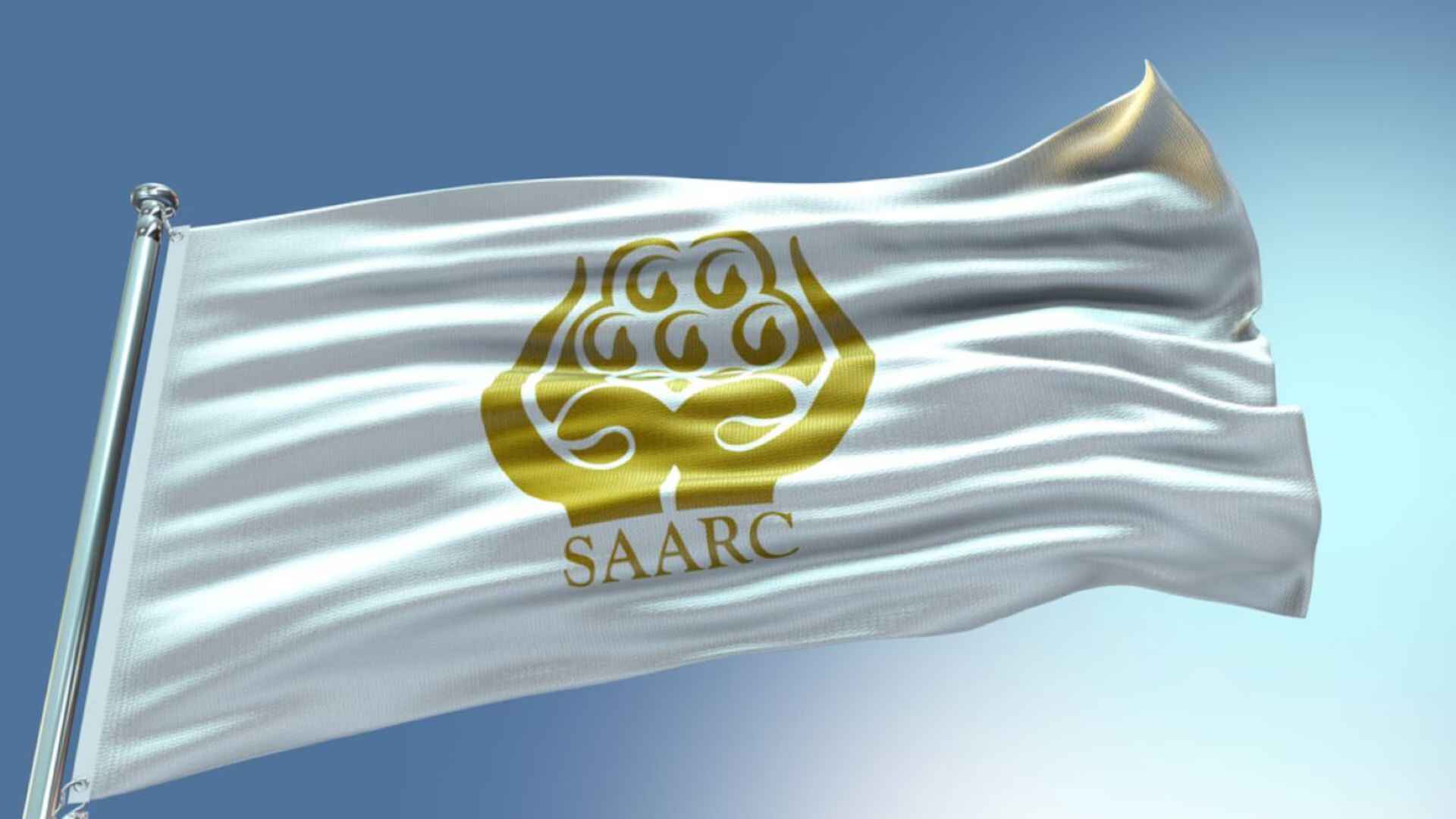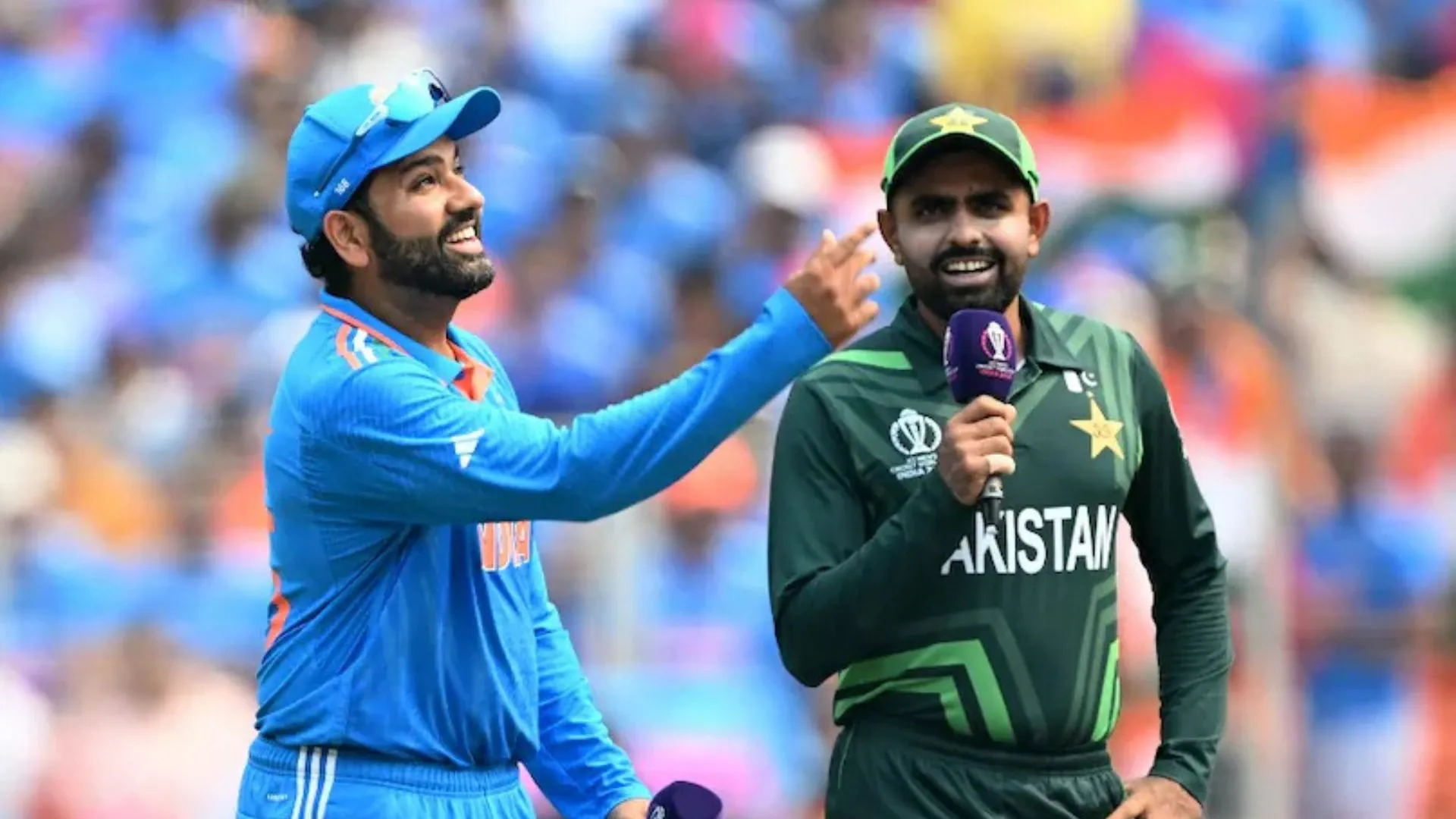The South Asian Association for Regional Cooperation (SAARC), once seen as a promising platform for fostering economic and social growth among its eight members, has been largely defunct since 2014. Now, a fresh effort by Bangladesh’s interim government, led by Muhammad Yunus, is attempting to breathe new life into the organization. However, India’s noticeable lack of enthusiasm casts a shadow on the potential success of these efforts.
Bangladesh’s Revival Push with Pakistan’s Help
Muhammad Yunus, heading Bangladesh’s interim government, has called for a revival of the “spirit of SAARC.” He believes that SAARC, through collaboration among its members, can address the region’s pressing challenges, from economic stagnation to political instability. His diplomatic outreach to revive the regional bloc began with an attempt to engage India, particularly during the UN General Assembly in New York, but was met with a cold shoulder from Prime Minister Narendra Modi. India, maintaining its firm stance against Pakistan due to its links with terrorism, has distanced itself from SAARC.
In a surprising move, Yunus turned to Pakistan for assistance. On September 25, 2024, Yunus met Pakistani Prime Minister Shehbaz Sharif to discuss reviving SAARC. Sharif responded positively, suggesting that Bangladesh and Pakistan should “open a new page” in their relationship. Both countries aim to restore the organization’s relevance, but without India’s involvement, the prospects for success remain slim.
India’s Calculated Absence
India’s decision to remain aloof from SAARC is rooted in its troubled relationship with Pakistan. After the 2016 terror attack in Pulwama, New Delhi held Islamabad responsible for exporting terrorism, resulting in India’s withdrawal from SAARC-related activities. For India, “terrorism and talks cannot go hand in hand,” a stance repeatedly reinforced by Prime Minister Modi. The 2016 SAARC summit, which was to be held in Pakistan, was cancelled due to India’s boycott—a boycott followed by other member states, including Bangladesh and Afghanistan.
India’s alternative strategy has been to pivot towards more active and productive regional blocs such as BIMSTEC (Bay of Bengal Initiative for Multi-Sectoral Technical and Economic Cooperation) and the BBIN (Bangladesh, Bhutan, India, Nepal) initiative, both of which exclude Pakistan. India’s growing role in global groups like the G20 and BRICS further diminishes its need for SAARC. In this context, India’s approach reflects a broader geopolitical shift that prioritizes regional and global forums over a stagnated organization tied to internal conflicts.
Can Bangladesh and Pakistan Succeed Without India?
The core challenge for Bangladesh and Pakistan lies in SAARC’s charter, which requires all member nations to agree on holding a summit. With India’s ongoing boycott, reviving the organization is impossible under current rules. Beyond the logistical hurdles, the two nations also face significant domestic economic struggles that complicate their ability to lead the region. Bangladesh is grappling with internal political unrest, economic slowdown, and rising tensions with India after the Sheikh Hasina era. Pakistan, too, remains mired in a debt crisis, with its economy teetering on the edge of collapse.
In terms of trade and economic integration, SAARC needs India more than India needs SAARC. As the largest economy in South Asia, India’s participation is critical for any meaningful regional cooperation. Without India, Bangladesh and Pakistan’s efforts to rejuvenate SAARC are unlikely to yield substantial results. Moreover, India’s rising influence in forums like G20 and BRICS, along with its deepening trade partnerships in the Indo-Pacific, diminishes its reliance on regional organizations like SAARC or even BIMSTEC for economic growth.
SAARC’s Grim Prospects
As Bangladesh and Pakistan seek to restore SAARC, they face a steep uphill battle. The absence of India—a linchpin in the regional bloc—renders the organization’s future uncertain. Despite Pakistan’s willingness to engage with Bangladesh and revive the cooperation, without India, the practical value of SAARC remains minimal. The bloc’s revival, if it happens, will likely be symbolic, with little actual impact on regional dynamics.
India’s clear message is that it has outgrown SAARC, and while regional cooperation remains important, the current format of SAARC is no longer viable. Without addressing the core issues of terrorism and trust between India and Pakistan, SAARC seems destined to remain in its dormant state.
The author is the CEO of Griffin Publication & Television Spokesperson- a Foreign Affairs Expert














